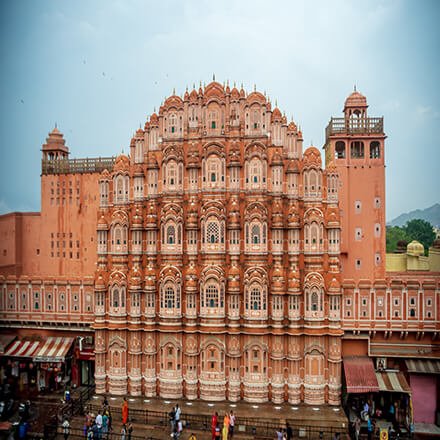Introduction to UNESCO Heritage SitesUNESCO Heritage Sites are a collection of extraordinary places around the globe, recognized for their cultural,...

About US
Planning a trip should be very exciting adventure
Lorem Ipsum is simply dummy text of the printing and typesetting industry. Lorem Ipsum has been the industry’s. Lorem Ipsum is simply dummy text of the printing and typesetting industry. Lorem Ipsum has been the industry’s.
Certified & Awards winner
International Tours
Pay Securely
Multiple Options to Choose
No Change Fees
Best Quality Service
Why Choose US
Services That Help You Grow.
Travel Point
Discover The World With Our Guide
Lorem ipsum dolor sit amet, consectetur adipiscing elit. sed do eiusmod tem por incididunt ut labore et dolore magna aliqua. Ut enim ad minim veniam Lorem ipsum dolor sit amet, consectetur adipiscing elit. sed do
Lorem ipsum dolor sit amet, consectetur adipiscing elit. sed do eiusmod tem por incididunt ut labore et dolore magna aliqua. Ut enim ad minim veniam Lorem ipsum dolor sit amet, consectetur adipiscing elit. sed do
Lorem ipsum dolor sit amet, consectetur adipiscing elit. sed do eiusmod tem por incididunt ut labore et dolore magna aliqua. Ut enim ad minim veniam Lorem ipsum dolor sit amet, consectetur adipiscing elit. sed do
Lorem ipsum dolor sit amet, consectetur adipiscing elit. sed do eiusmod tem por incididunt ut labore et dolore magna aliqua. Ut enim ad minim veniam Lorem ipsum dolor sit amet, consectetur adipiscing elit. sed do
Lorem ipsum dolor sit amet, consectetur adipiscing elit. sed do eiusmod tem por incididunt ut labore et dolore magna aliqua. Ut enim ad minim veniam Lorem ipsum dolor sit amet, consectetur adipiscing elit. sed do
Lorem ipsum dolor sit amet, consectetur adipiscing elit. sed do eiusmod tem por incididunt ut labore et dolore magna aliqua. Ut enim ad minim veniam Lorem ipsum dolor sit amet, consectetur adipiscing elit. sed do
(+01)-123-456-789
info@support.com

Other world heritage sites
Desired Vacation Spots
Book your Journey with us!
Testimonials
Love from our Clients

Amy Johnson
CEO & Founder
Lorem ipsum dolor amet consectet adipiscing sed do eiusmod tempor incididunt labore et dolore magna aliqua ipsum suspen disse ultrices gravida Risus

Amy Johnson
CEO & Founder

Amy Johnson
CEO & Founder
Tour Guide
Our Travel Guide

Teresa James
Travel Agent

Jane Willis

Ralph Fields
Travel Agent

Lori Harvey
Travel Agent
We make best travel plan that you needed
We’ve expert & certified staff
We only provide quality services
We offer you free estimates
Go & Discover
Breathtaking Cities



















